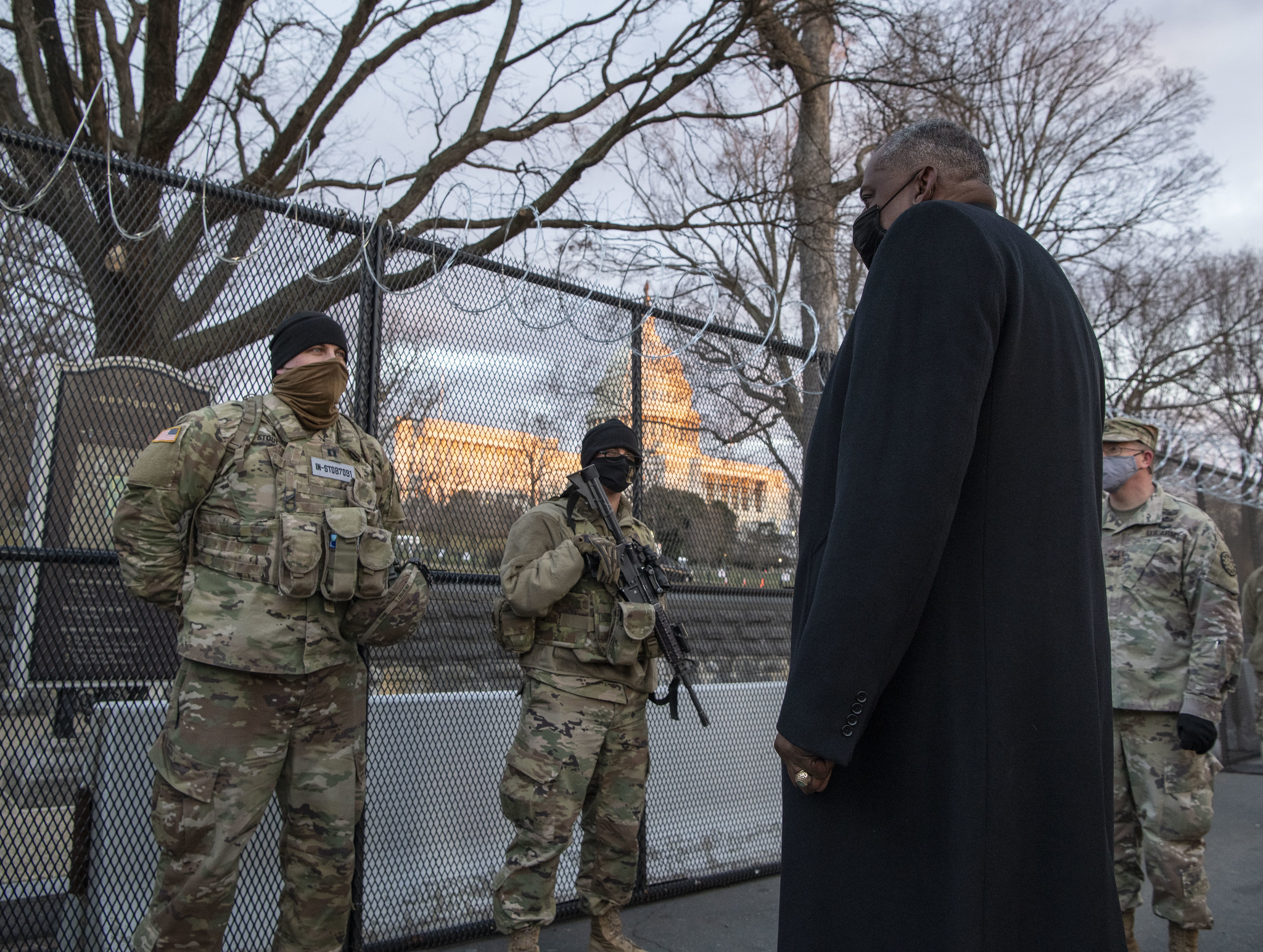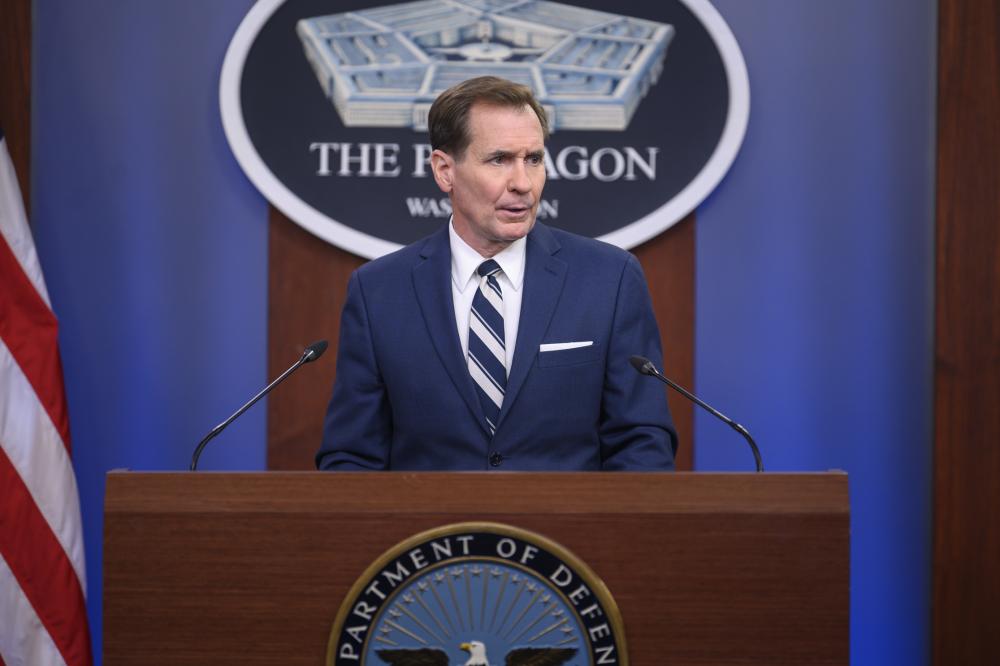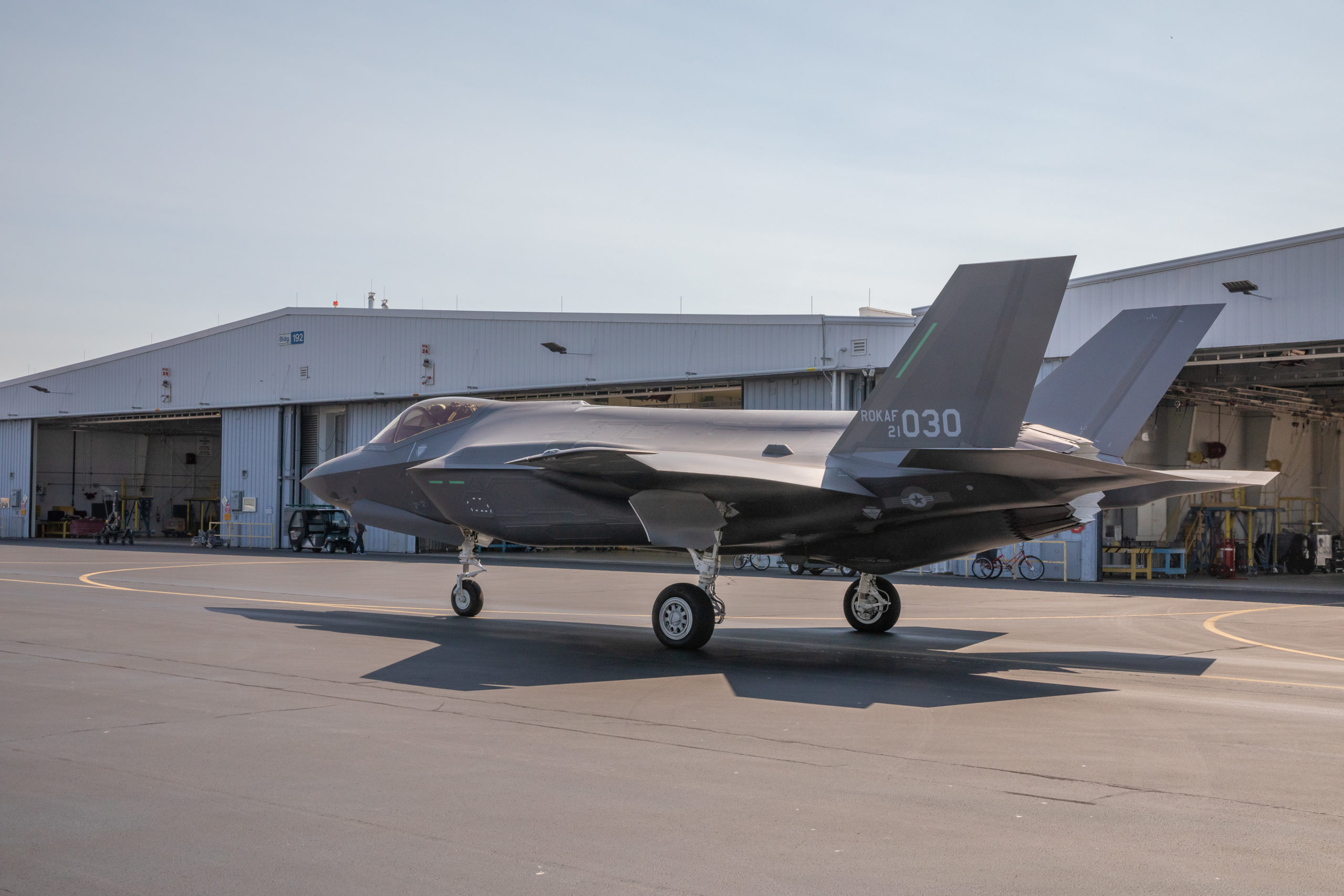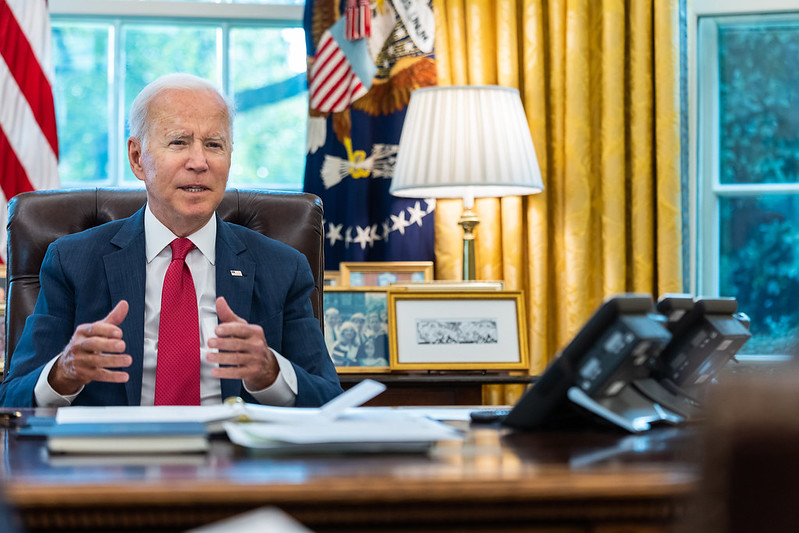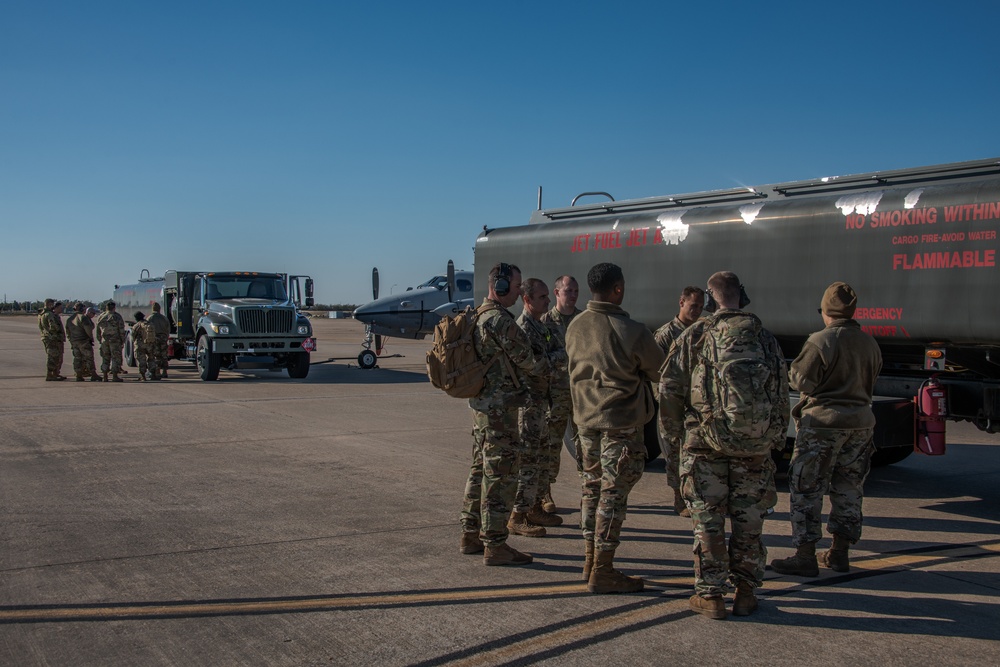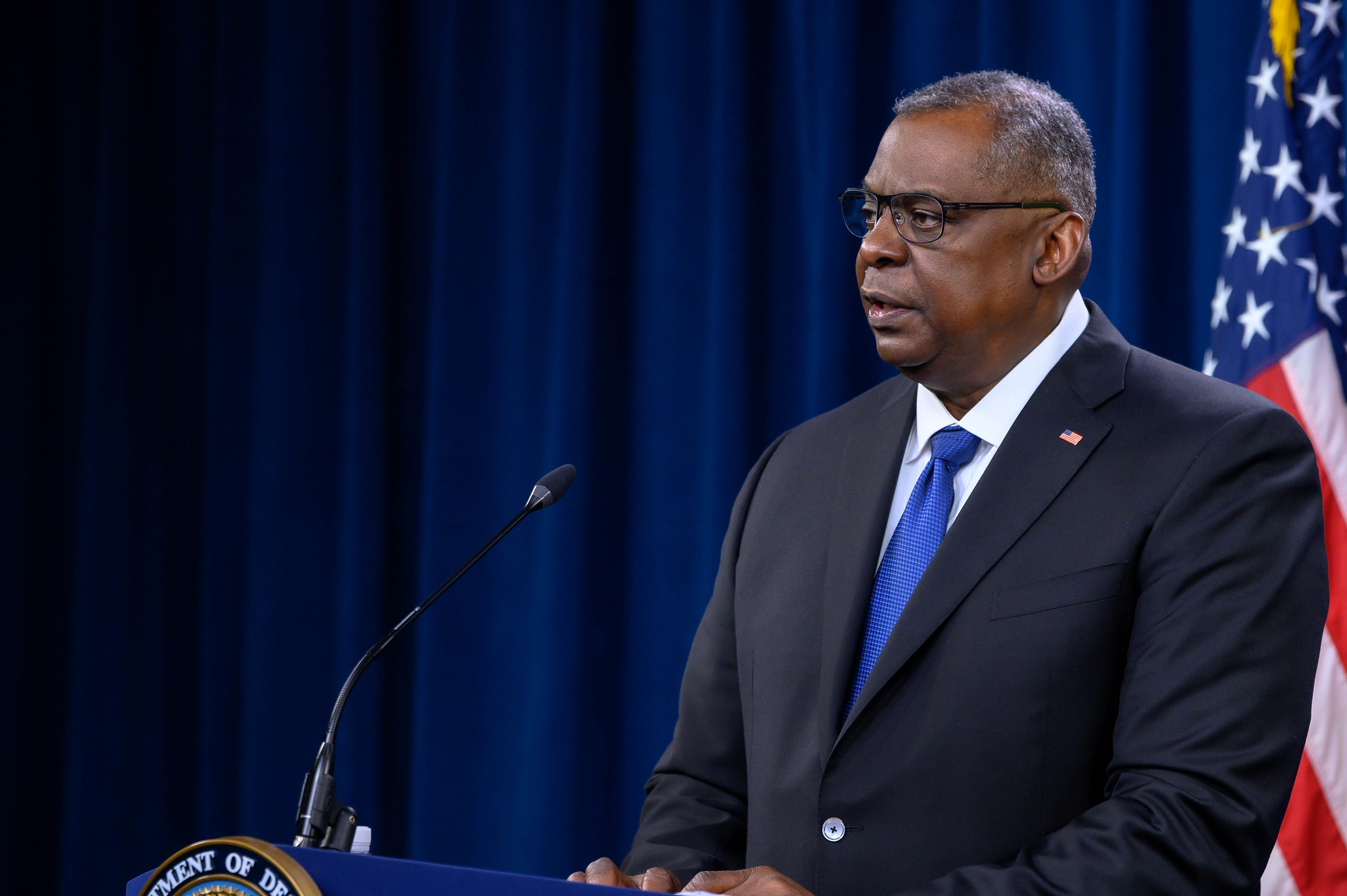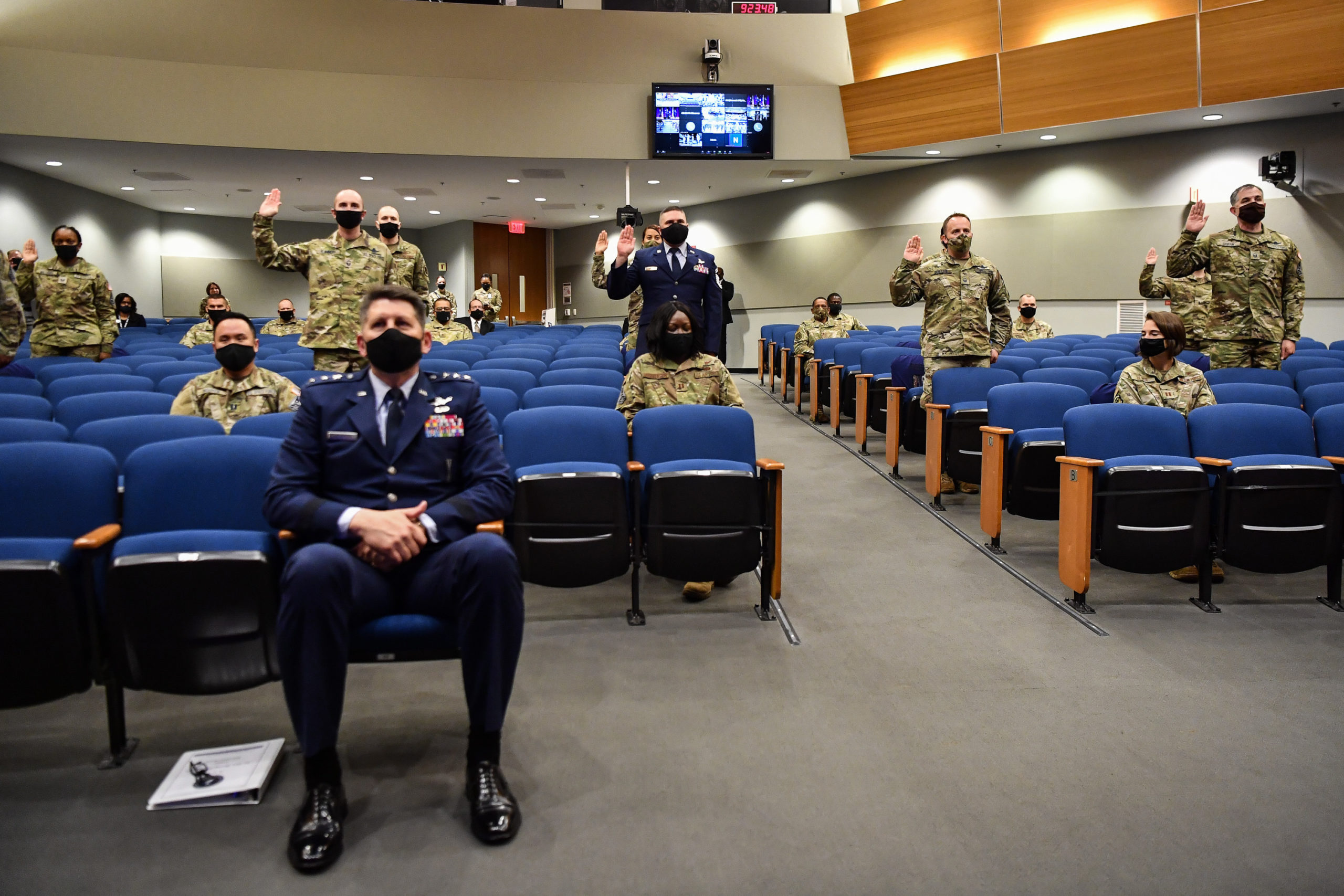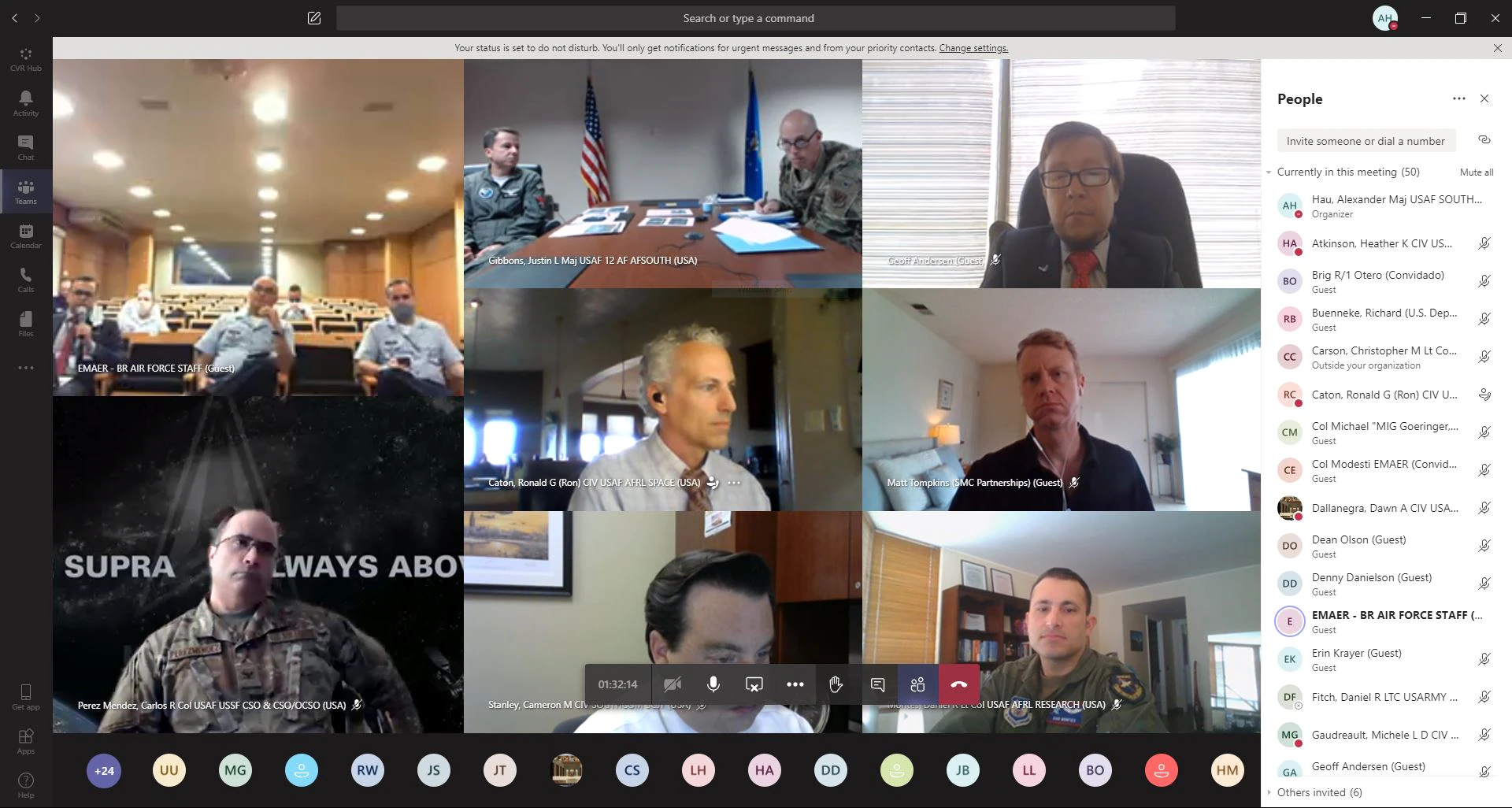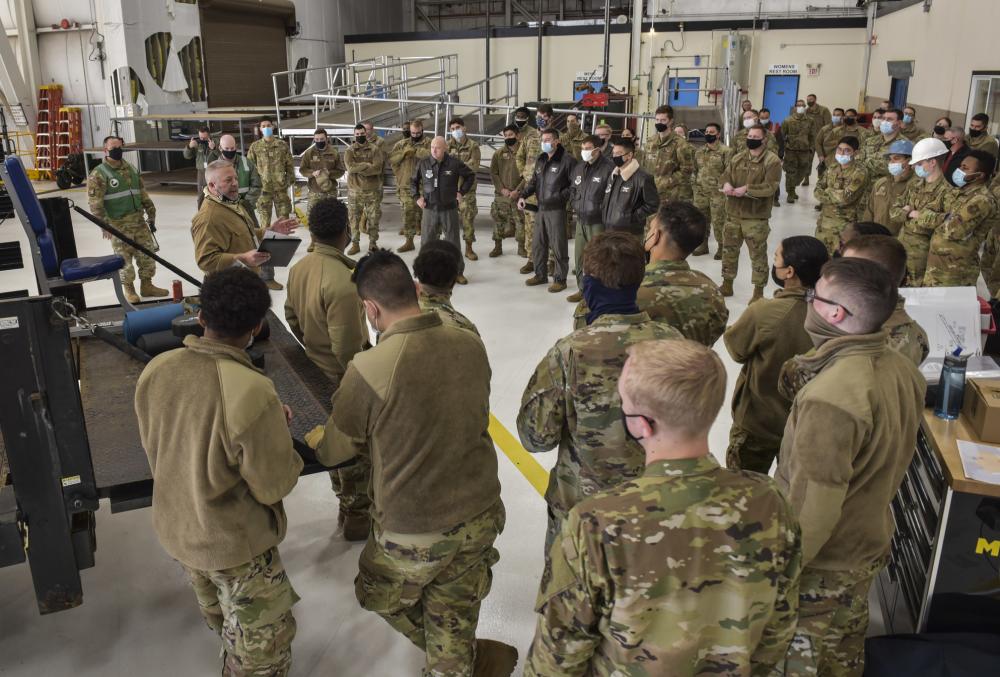Ahead of the anniversary of the Jan. 6 Capitol Riots, Defense Secretary Lloyd J. Austin III issued a memo to streamline authority for deploying the D.C. National Guard.
The Dec. 30, 2021 memo would give the Defense Secretary sole authority to authorize the deployment of the D.C. National Guard in lieu of the Secretary of the Army, who previously had that authority. National Guard forces in the 50 states are commanded by the governor of the state unless activated under title 10, which federalizes the Guard to serve under the Commander-in-Chief.
Since the District of Columbia does not have a governor, activation authority rested with the Secretary of the Army with no clear protocol for communicating a request during a crisis.
“Effective immediately, the Secretary of Defense is the approval authority for D.C. government requests for the DCNG [DC National Guard] to provide law enforcement support,” the memo states, modifying an Oct. 10, 1969 memorandum.
The memo provides for several conditions, including a 48-hour window from receipt of the request to deploy, and the support requested would involve direct participation in law enforcement activities.
The DOD executive secretary is the single point of entry for D.C. government requests and the authority may not be further delegated, the memo states.
In the wake of the Jan. 6 riots, former Army Secretary Ryan D. McCarthy was accused of waiting several hours as rioters stormed Congress to order the D.C. National Guard to respond, even as members of Congress called for Guard help and the governor of Maryland offered his own Guard members.
In the melee of Jan. 6, Maryland Gov. Larry Hogan offered his Guard members and claimed his requests were denied or delayed by McCarthy. The Pentagon issued a timeline indicating approval for National Guard was granted by acting Defense Secretary Christopher Miller at 3 p.m.
On that day, some 340 D.C. National Guard members were deployed at traffic stops without riot gear or weapons. Guard members had to return to the National Guard Armory to equip and await new written orders before they could respond. Order was restored by law enforcement at 8 p.m.
Pentagon spokesman John F. Kirby told defense reporters Jan. 4 that Austin’s memorandum had nothing to do with an expectation that the D.C. National Guard would be needed on the anniversary of the Jan. 6 riots.
“This was really about streamlining the decision making process,” he said. “I’m not aware of any formal or informal efforts to look at a Guard presence in the Capitol region on the 6th.”
